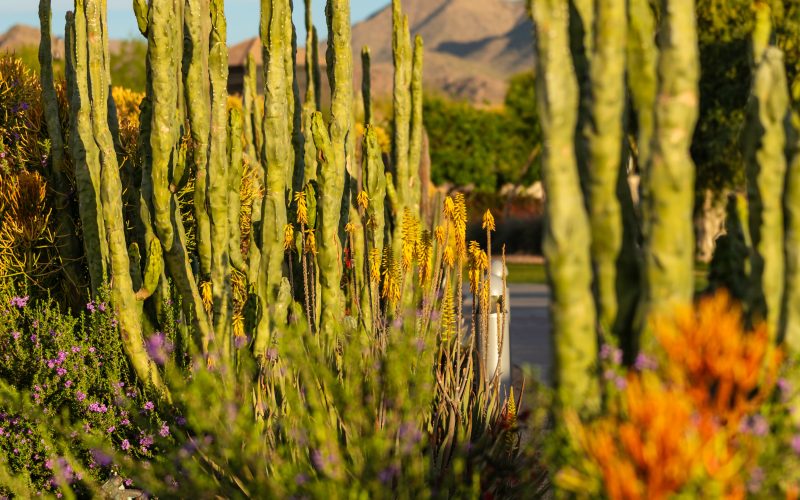Arizona is known for its hot, dry climate and sprawling desert landscapes. However, despite the challenging environment, many farmers and gardeners in the state have found a way to grow bountiful produce gardens. From small community gardens to large commercial operations, Arizona’s produce gardens are thriving and providing fresh, locally-grown fruits and vegetables to residents and visitors alike.
One of the key factors that allow these gardens to flourish is the use of innovative farming techniques that take into account the unique climate and geography of the region. For example, many growers use hydroponic systems, which allow plants to grow in nutrient-rich water instead of soil. This method is particularly well-suited to Arizona, where the soil can be rocky and nutrient-poor. By using hydroponics, growers can produce larger and healthier crops, while using less water than traditional farming methods.
Another technique that has gained popularity in Arizona is the use of shade structures to protect plants from the scorching sun. These structures can be as simple as a piece of cloth draped over a garden bed or as elaborate as a custom-built greenhouse. By providing shade, growers can create a more hospitable environment for plants and reduce water loss through evaporation.
In addition to these innovative techniques, many of Arizona’s produce gardens rely on sustainable farming practices to minimize their impact on the environment. This includes using organic fertilizers and pesticides, rotating crops to prevent soil depletion, and conserving water through drip irrigation and other efficient methods.
Perhaps the most important factor in the success of Arizona’s produce gardens, however, is the dedication and passion of the growers themselves. Many of these individuals are deeply committed to promoting local food systems and providing fresh, healthy produce to their communities. They work long hours in the heat and weather challenges, often without the financial reward they deserve, because they believe in the importance of their work and the benefits it provides to others.
There are numerous examples of Arizona’s thriving produce gardens across the state. For example, the Community Food Bank of Southern Arizona operates several community gardens that provide fresh produce to local residents in need. Meanwhile, Singh Farms, located in Scottsdale, grows a variety of fruits and vegetables using organic and sustainable practices, and sells their products at farmers markets and through a community-supported agriculture program.
Arizona’s produce gardens not only provide fresh and healthy food for local residents, but they also serve as a testament to the ingenuity, resilience, and commitment of the people who tend to them. Despite the challenges of the arid climate and the demands of farming, these growers have found a way to create an oasis of abundance in the desert.












